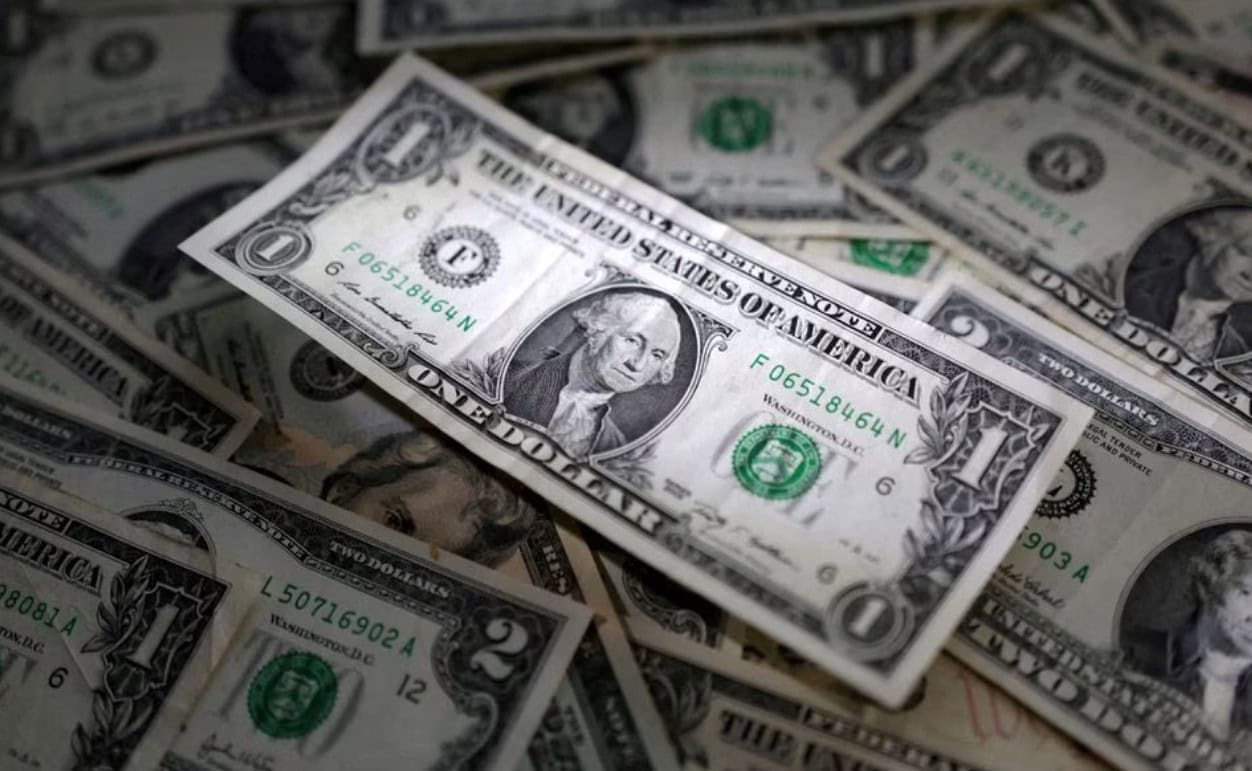The dollar edged lower on Monday as traders stayed on guard ahead of policy decisions this week from several central banks, including the Federal Reserve, who are expected to keep interest rates on hold for the first time since January 2022.
Monetary policy meetings of the Fed, the European Central Bank (ECB) and the Bank of Japan (BOJ) will set the tone for the week as markets seek clues from policymakers on the future path of interest rates.
U.S. May inflation data is also out on Tuesday as the Fed kicks off its two-day meeting.
“FX markets should be subdued today because of the important meetings from the Fed and ECB on Wednesday and Thursday,” said Niels Christensen, chief analyst at Nordea.
Money markets are leaning towards a pause from the Fed when it announces its interest rate decision on Wednesday, according to the CME FedWatch tool, expectations that sent world stocks surging to a 13-month high on Friday as risk sentiment improved.
Conversely, a clear majority of economists polled by Reuters expect the ECB to hike its key interest rate by 25 basis points this week and again in July, before pausing for the rest of the year as inflation remains sticky.
“We are pretty much with consensus, expecting the Fed to stay put this week and a 25 basis point hike from the ECB,” Nordea’s Christensen said.
“When we get through the summer, however, the market would be very focused on when the Fed will start cutting rates and that could leave the dollar a little bit vulnerable going forward,” Christensen added.
The U.S. dollar index clocked a loss of nearly 0.5% last week, its worst weekly drop since mid-April, and was last down 0.1% at 103.39.
The euro rose 0.2% to $1.0772 in early London trade, having risen 0.4% last week, its first weekly gain in roughly a month.
Elsewhere, the Japanese yen slipped to 139.49 per U.S. dollar, before the BOJ, who are expected to maintain ultra-loose monetary policy and a forecast for a moderate economic recovery, as robust corporate and household spending cushion the blow from slowing overseas demand, sources told Reuters.
“Our economists have been expecting the BoJ to keep policy unchanged next week, before most likely tweaking YCC in July alongside an upgrade to the Bank’s inflation outlook,” Goldman Sachs analysts said.
“If that proves correct, we think tactical JPY weakness can extend versus USD and on crosses, particularly given our view that we should continue to be in a backdrop of higher US rates and supportive risk sentiment.”
The Reserve Bank of New Zealand last month signalled it was done tightening after raising rates to the highest in more than 14 years at 5.5%, ending its most aggressive hiking cycle since 1999. That sent the kiwi tumbling 2.7% in May.
The kiwi was last 0.1% higher at $0.6135, not too far from an over two-week high of $0.6138 hit on Friday, sterling rose 0.1% and the Aussie increased 0.3% to $0.6763, with a holiday in most of Australia making for thinned trade.
China’s offshore yuan extended losses to trade at its lowest level since November last year as recent soft data has raised expectations for monetary easing from the People’s Bank of China this year.

